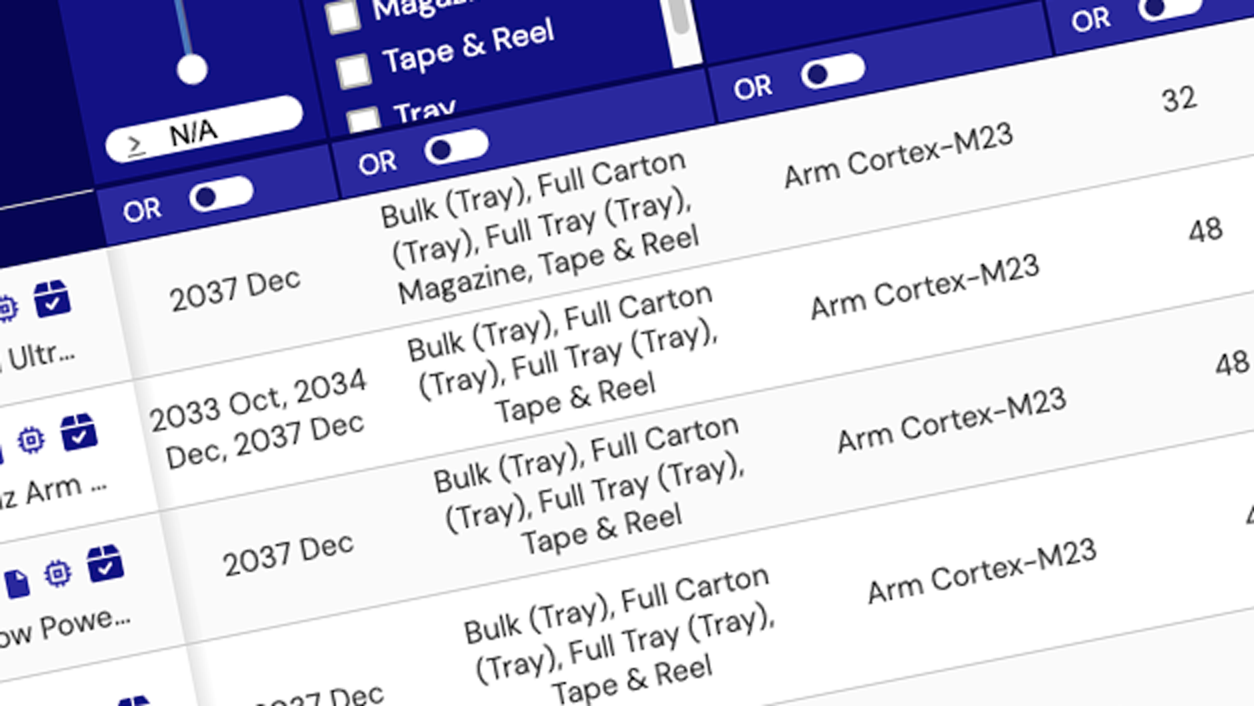Hi-Rel operational amplifiers deliver industry-leading Total Ionizing Dose (TID) performance, ensuring exceptional reliability in radiation-heavy environments. Built on our proprietary PR40 Silicon On Insulator (SOI) process, these amplifiers offer superior stability, low leakage, and high precision, making them ideal for sensor signal conditioning, control loops, and other critical analog functions in space and high-reliability applications.
Renesas offers products across many screening flows: QML-V, QML-V Equivalent, QML-P, QML-P Equivalent, and RT Plastic. Refer to the product datasheet to determine which flows are applicable.
Comprehensive Offerings
To meet a diverse range of application needs, we have a large family of operational amplifier offerings that provide optimizations for each key parameter.
Superior Stability
Key performance including low offset voltages and low supply currents are maintained in a radiation environment.
Designed for Space
Engineered from the ground up for space applications, these operational amplifiers mitigate SEE and TID effects, ensuring mission-critical reliability without additional design overhead.
